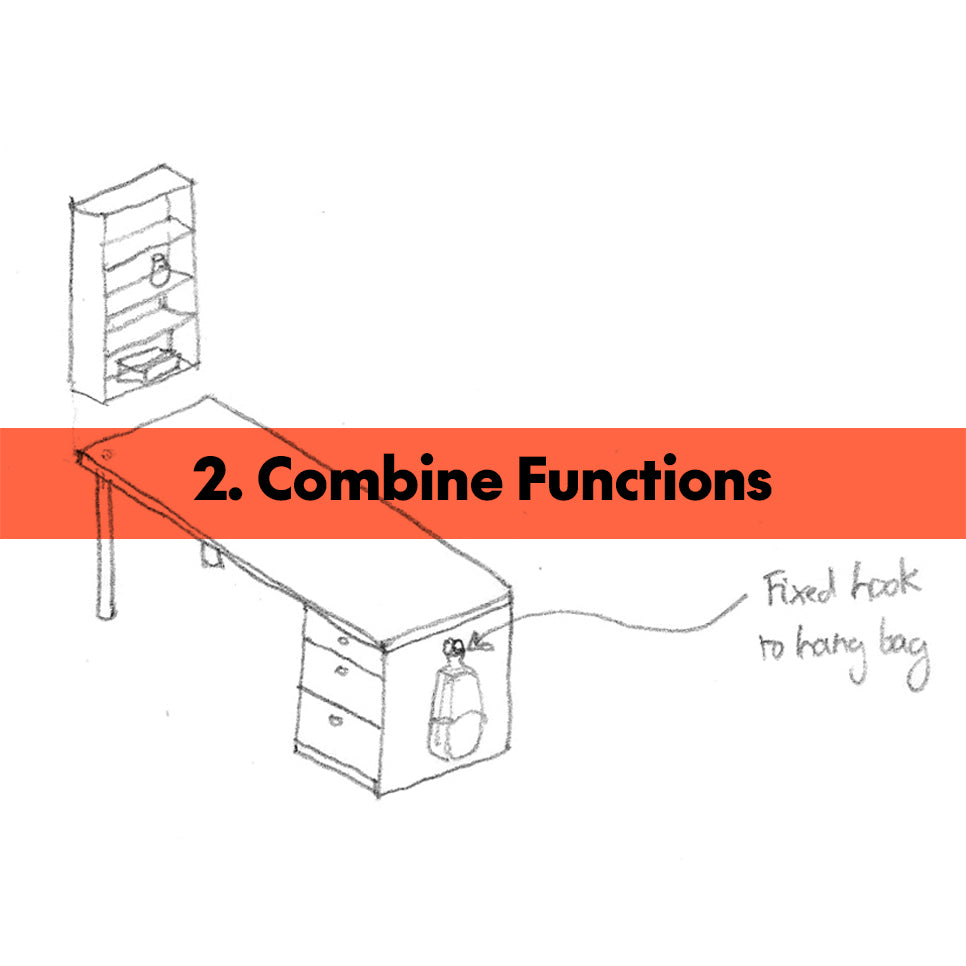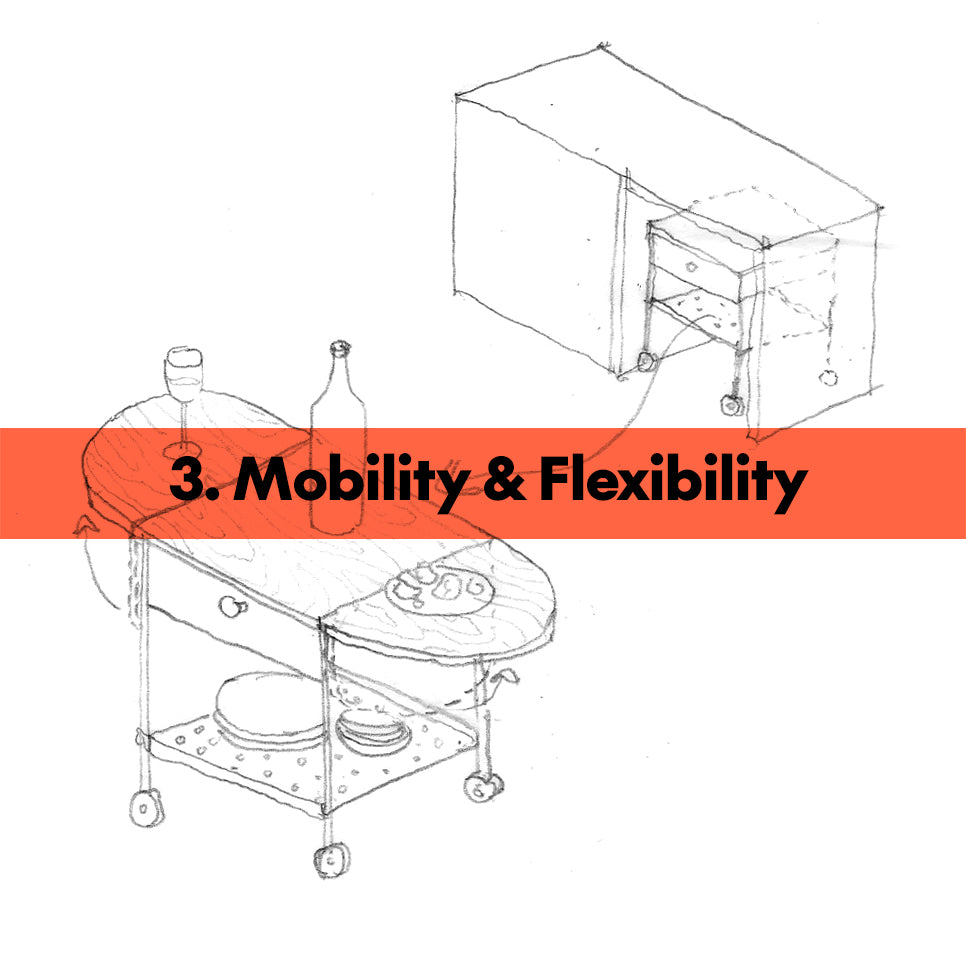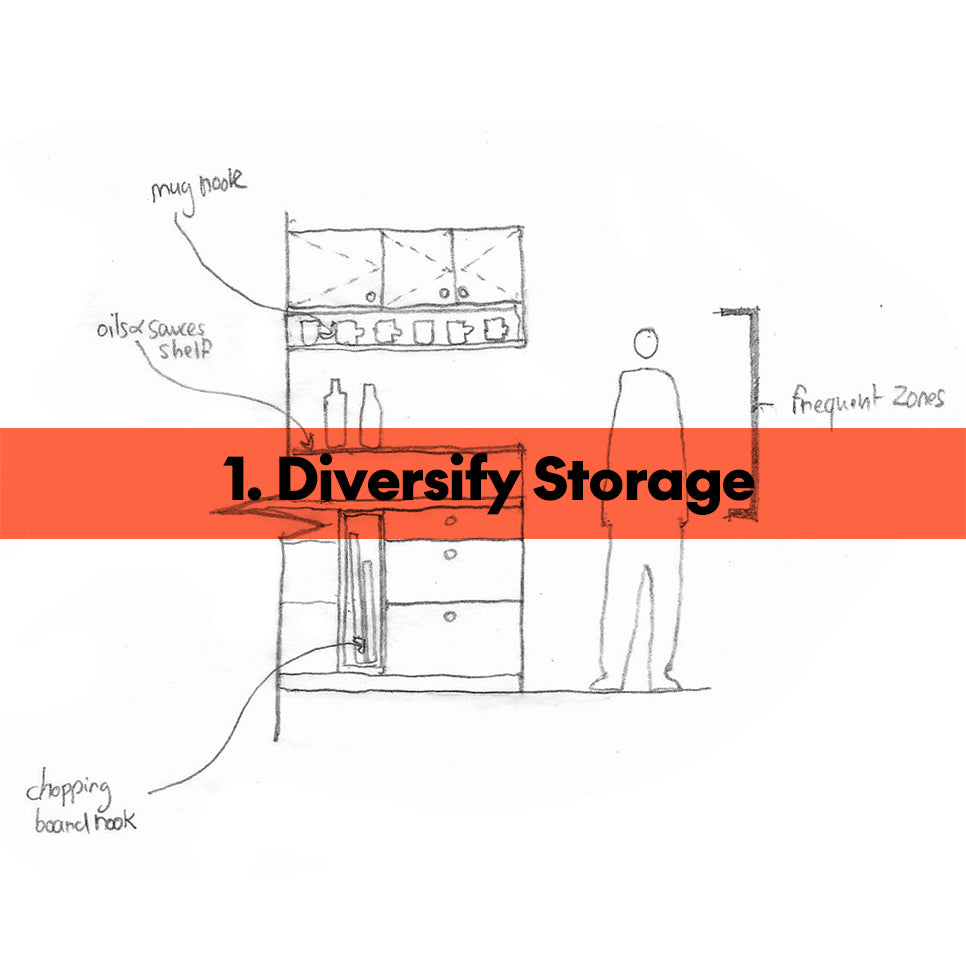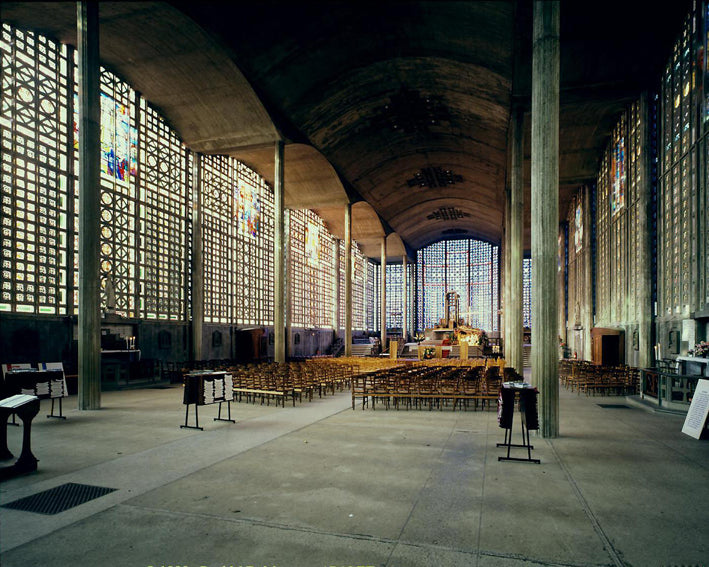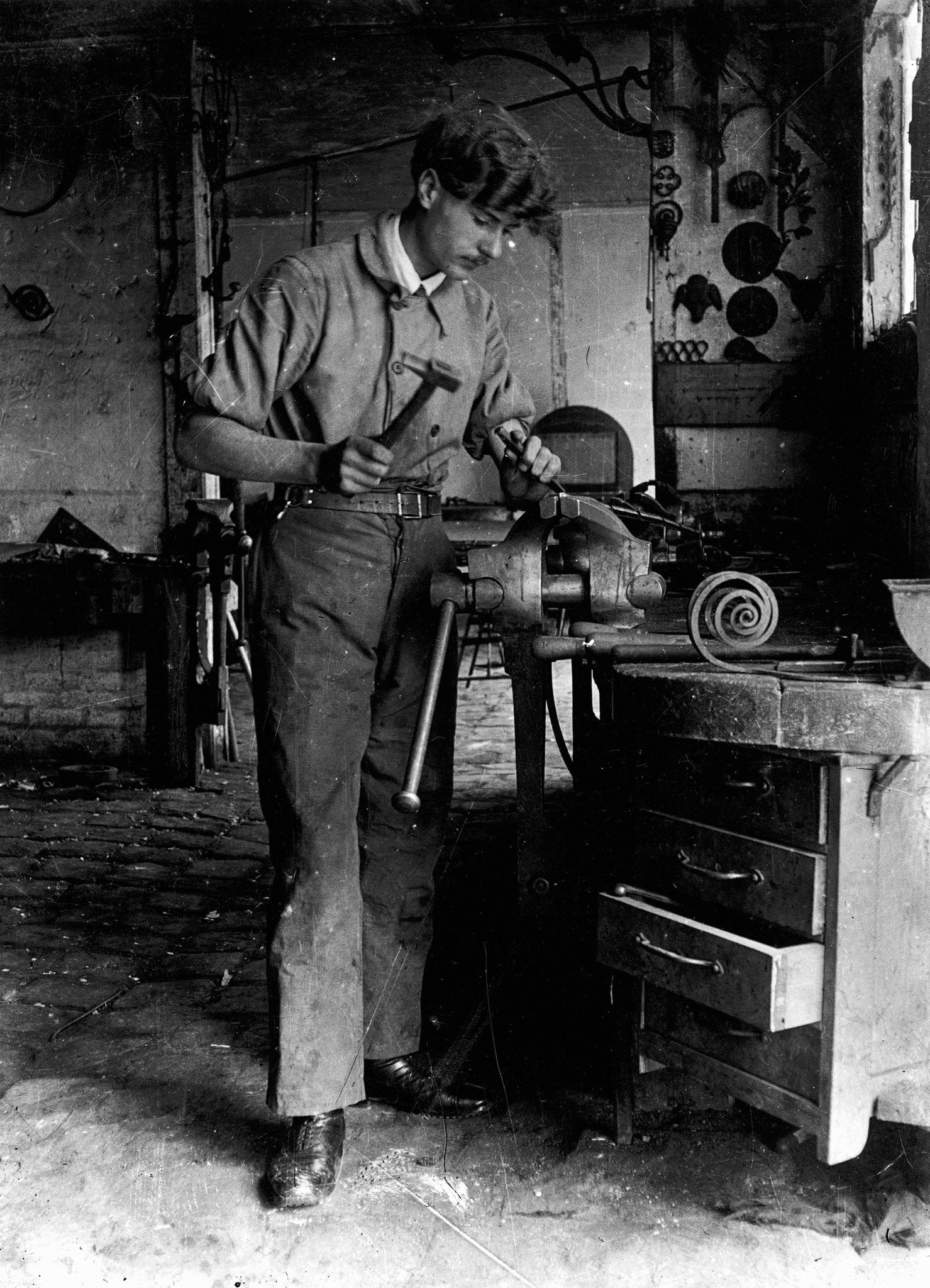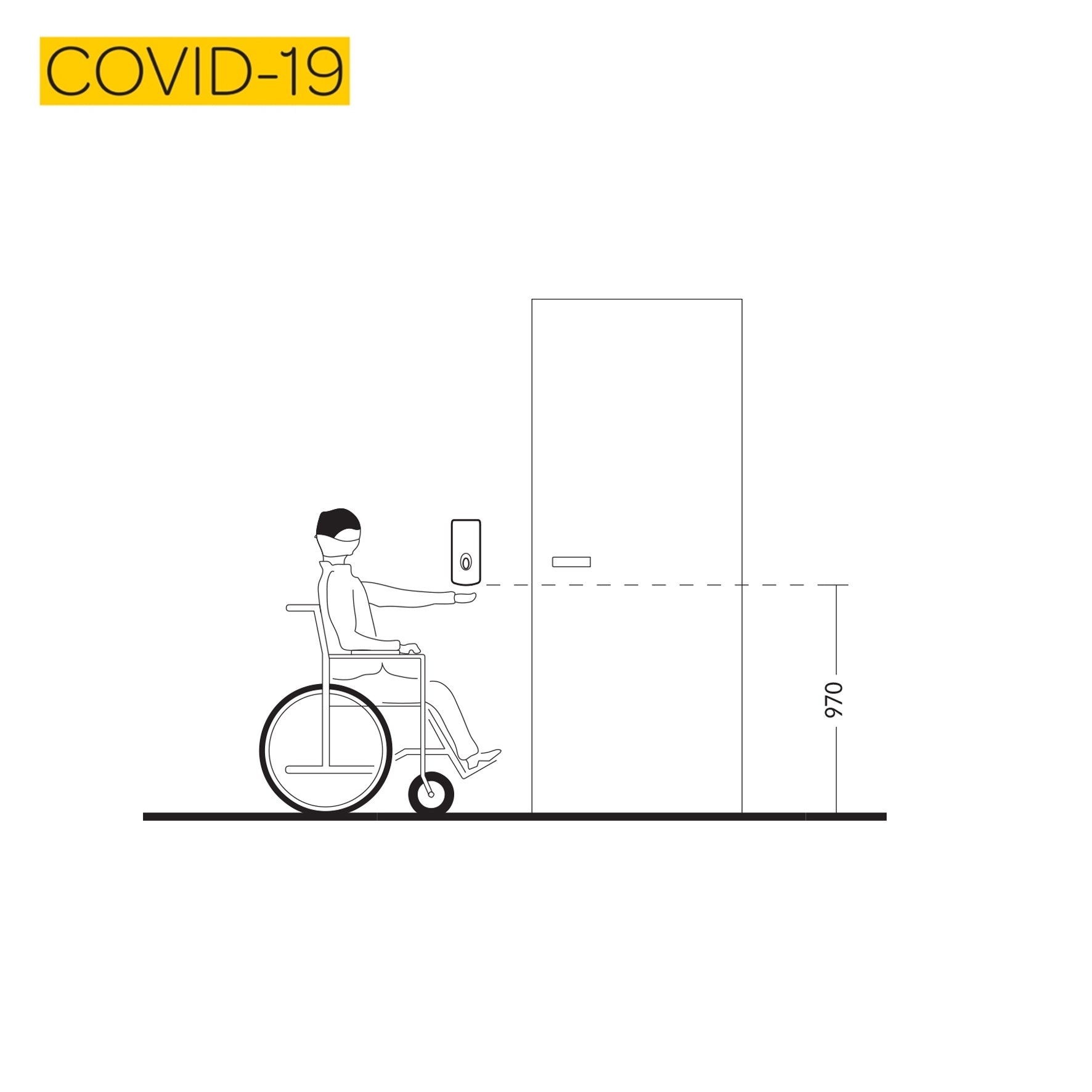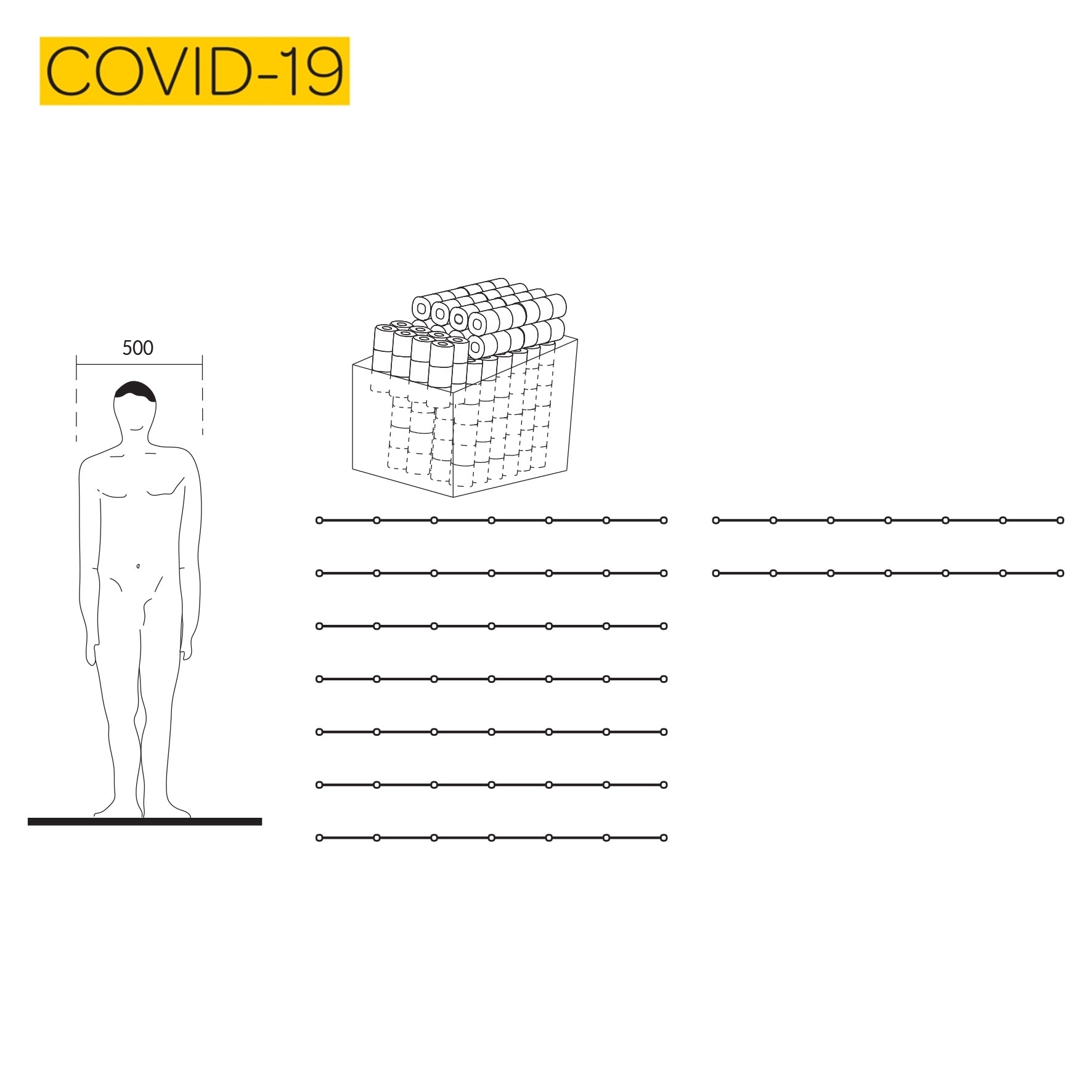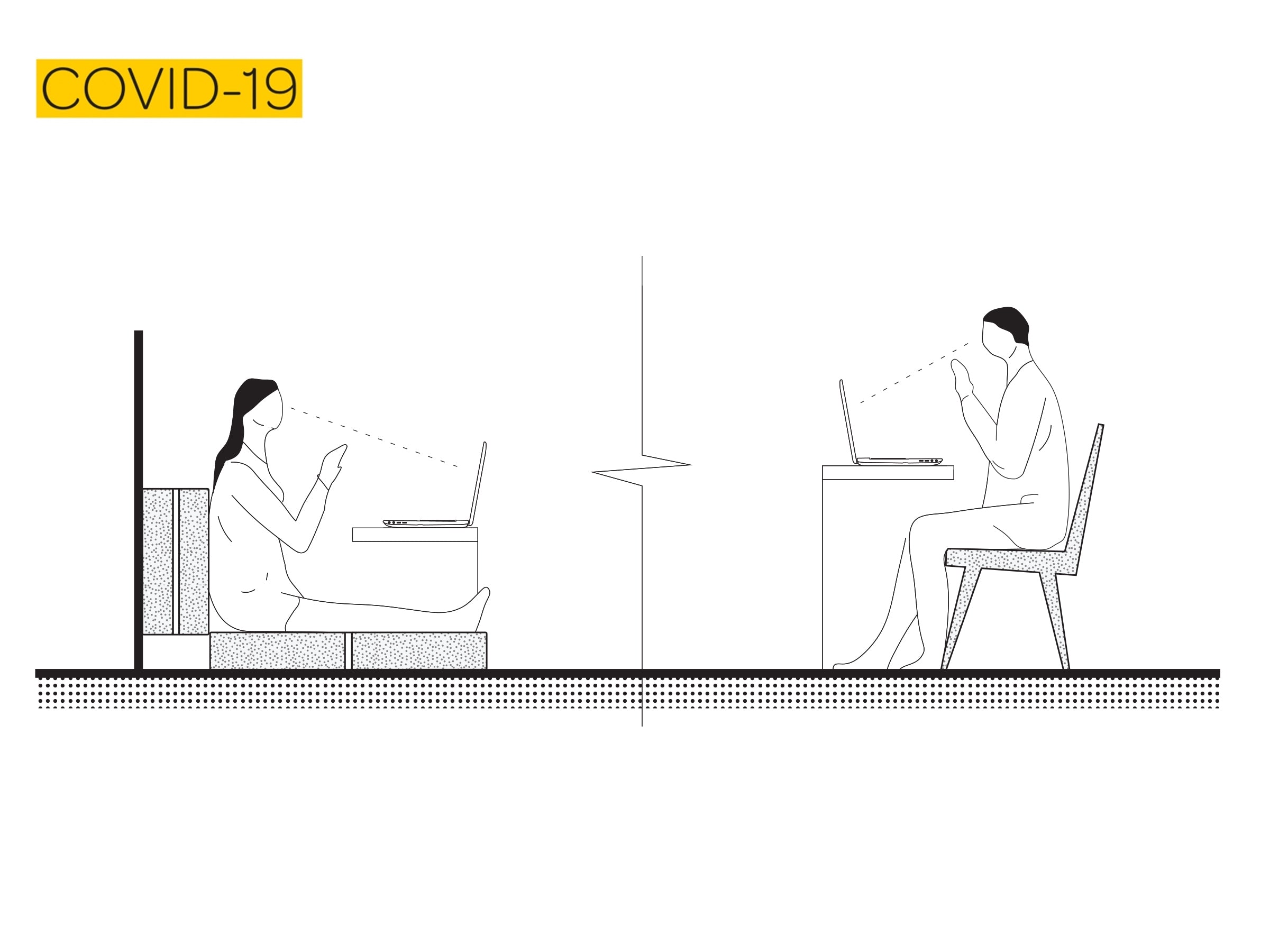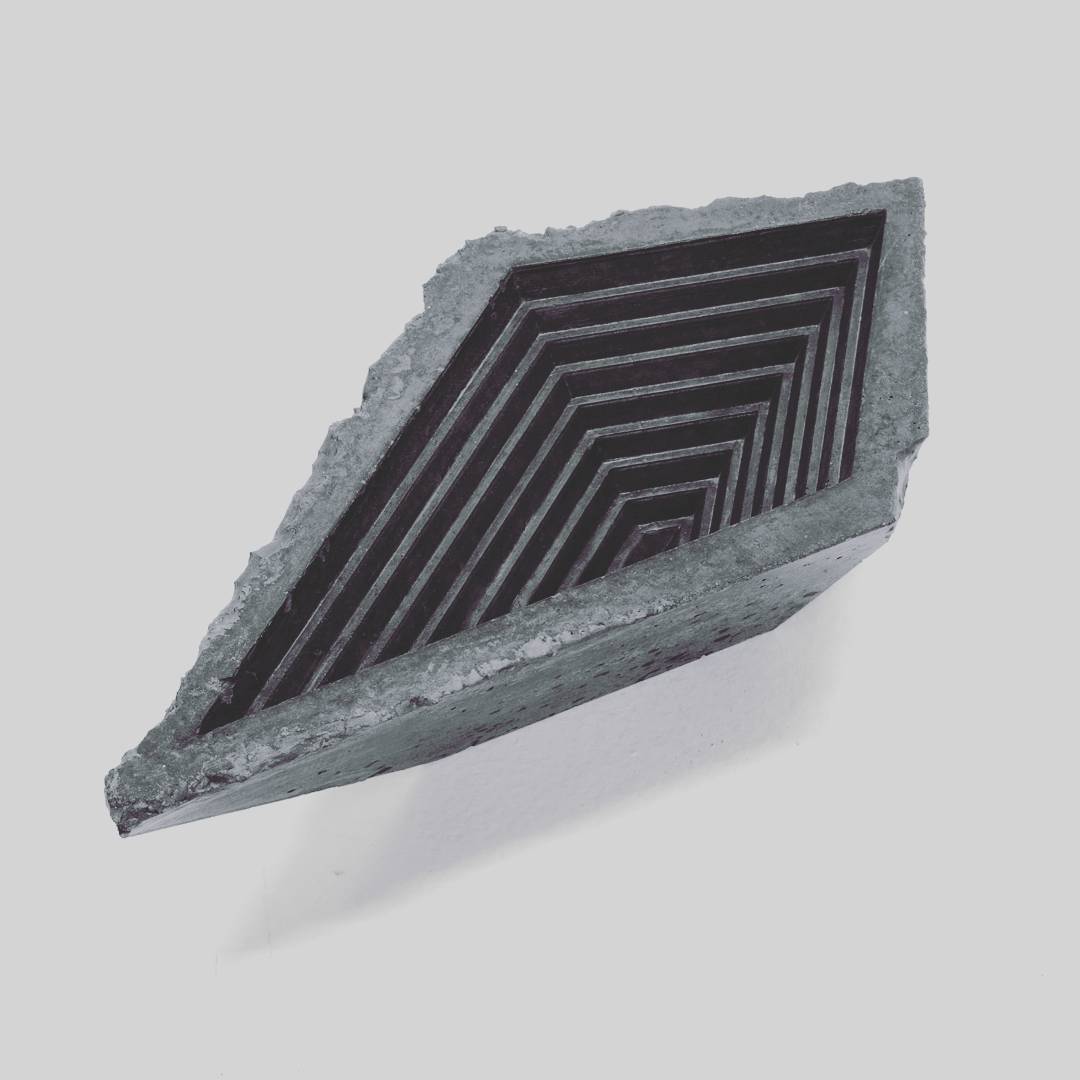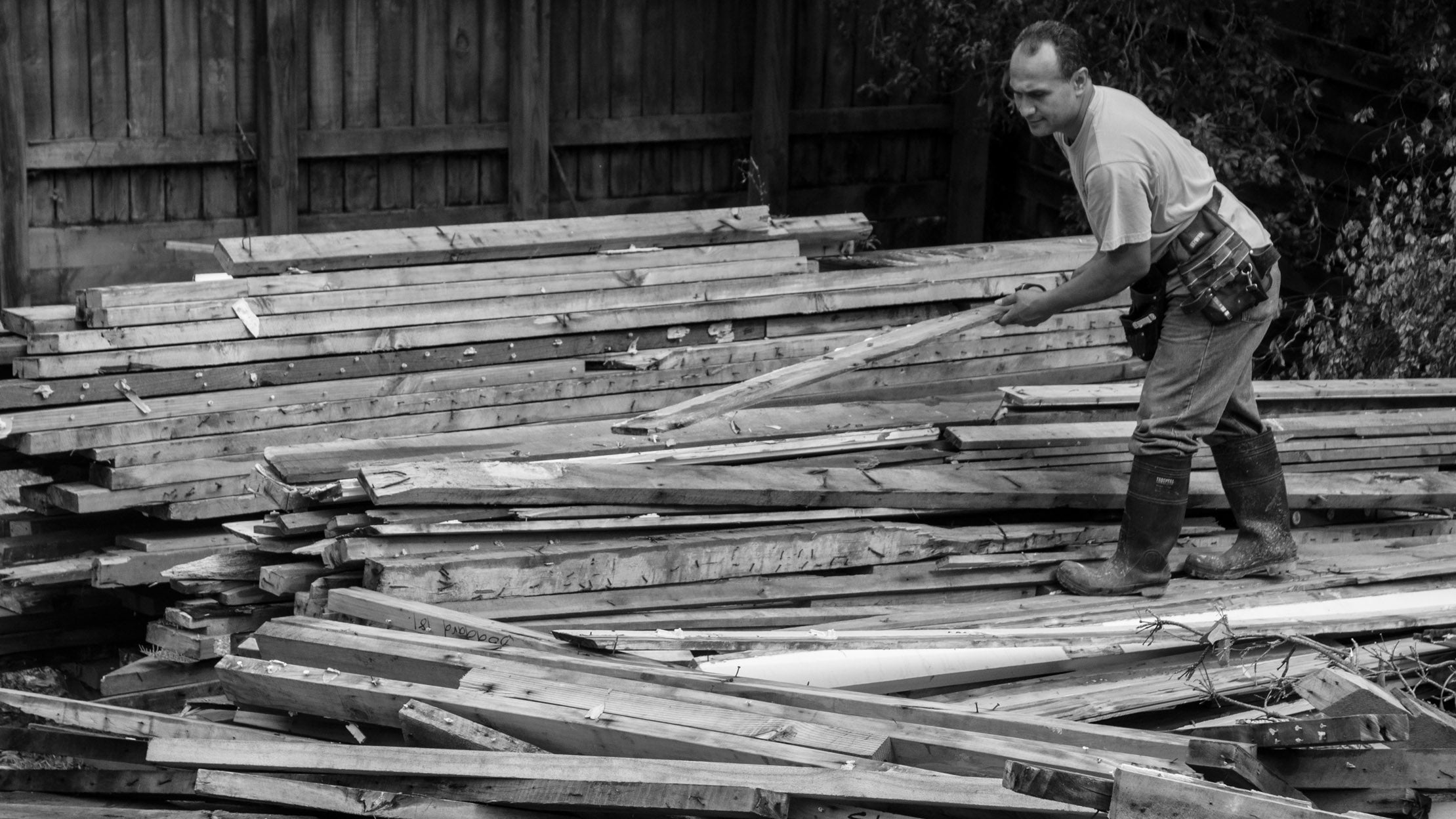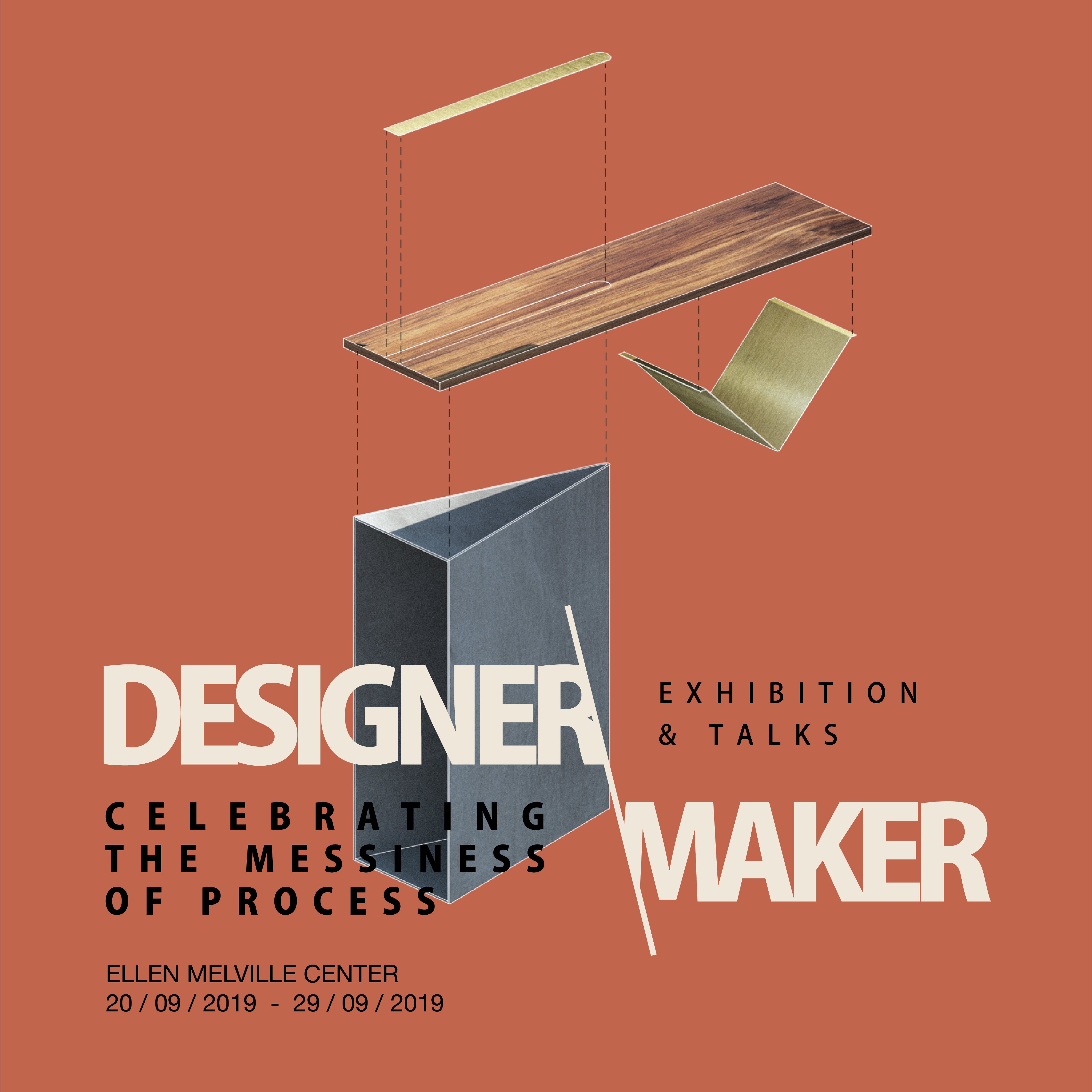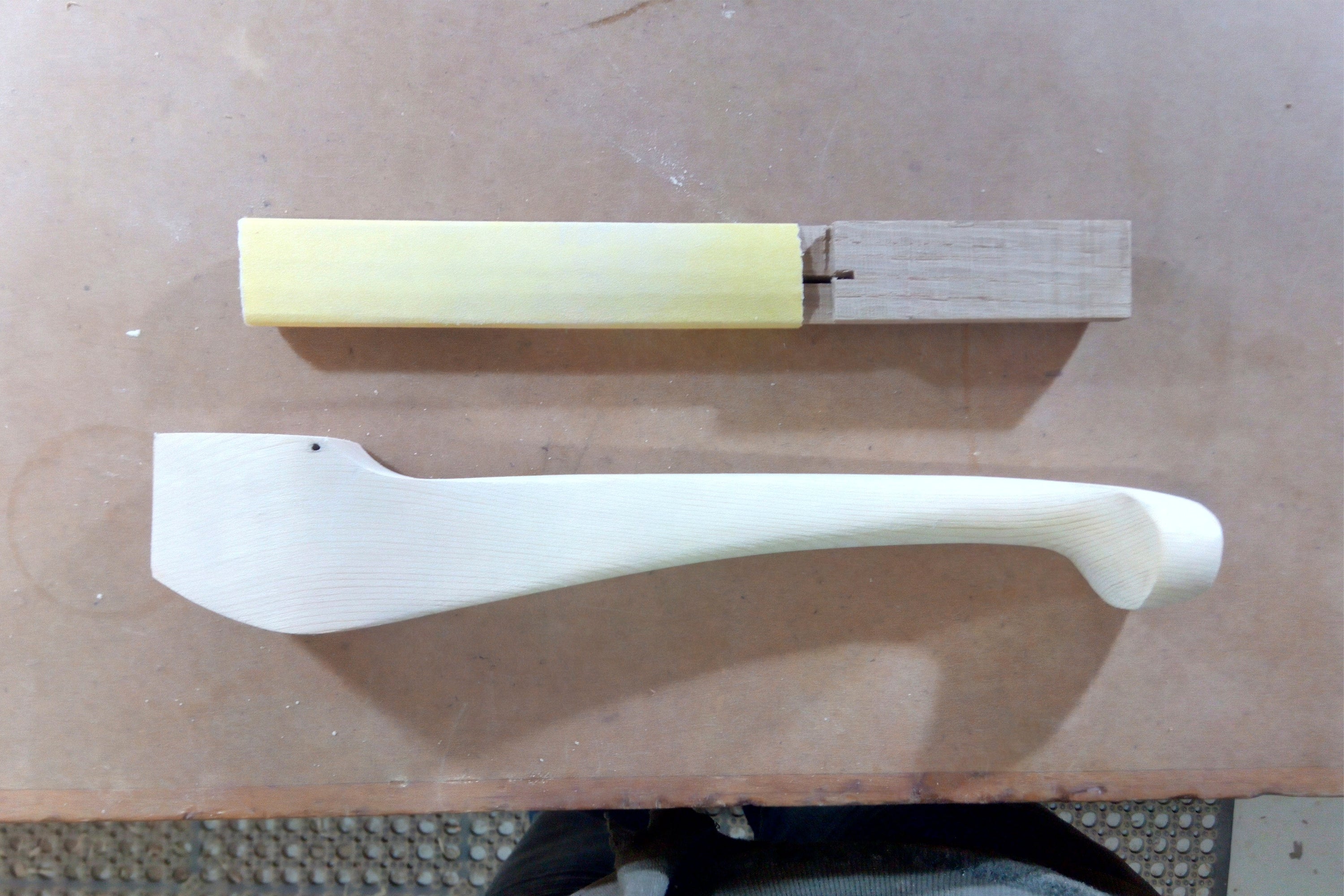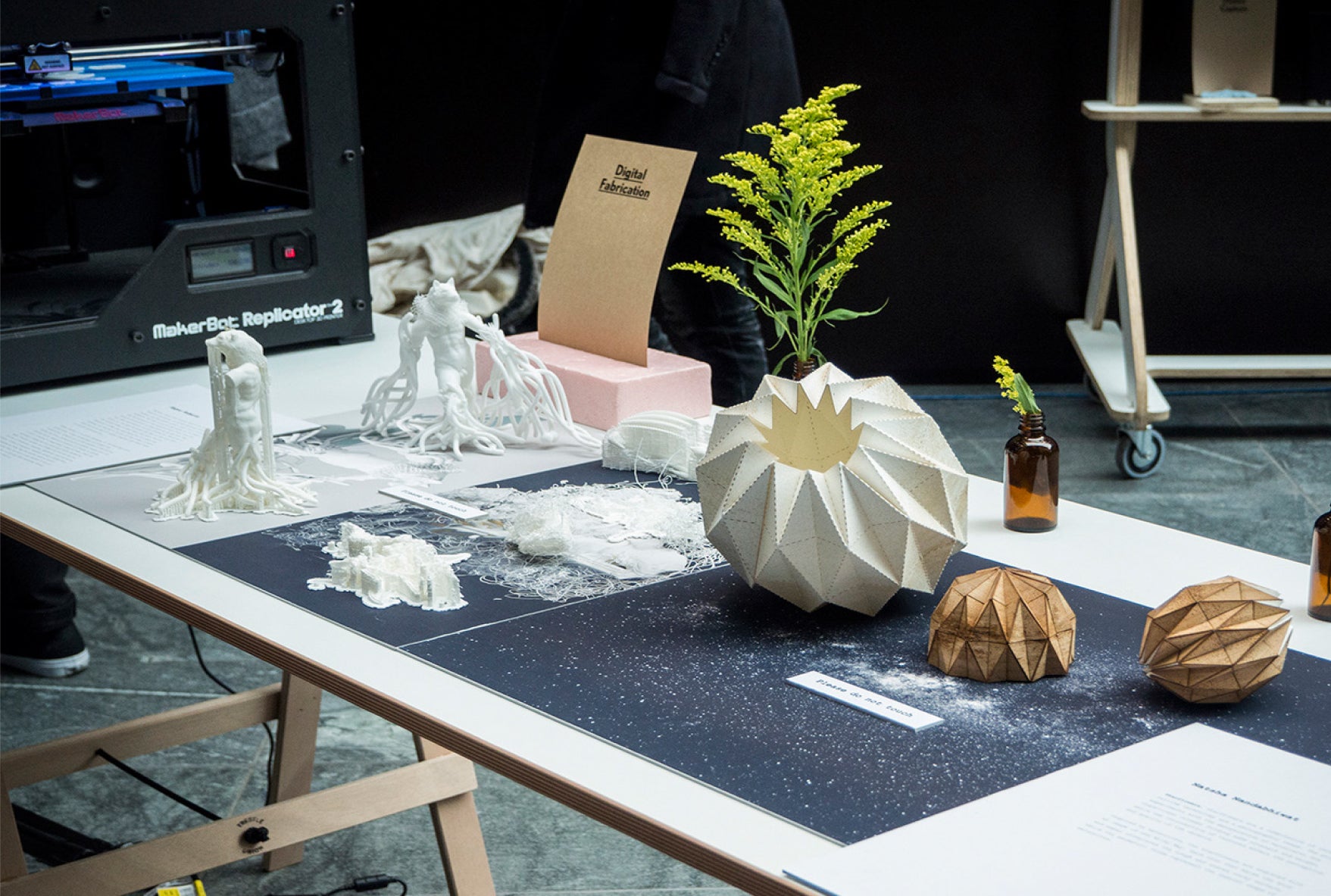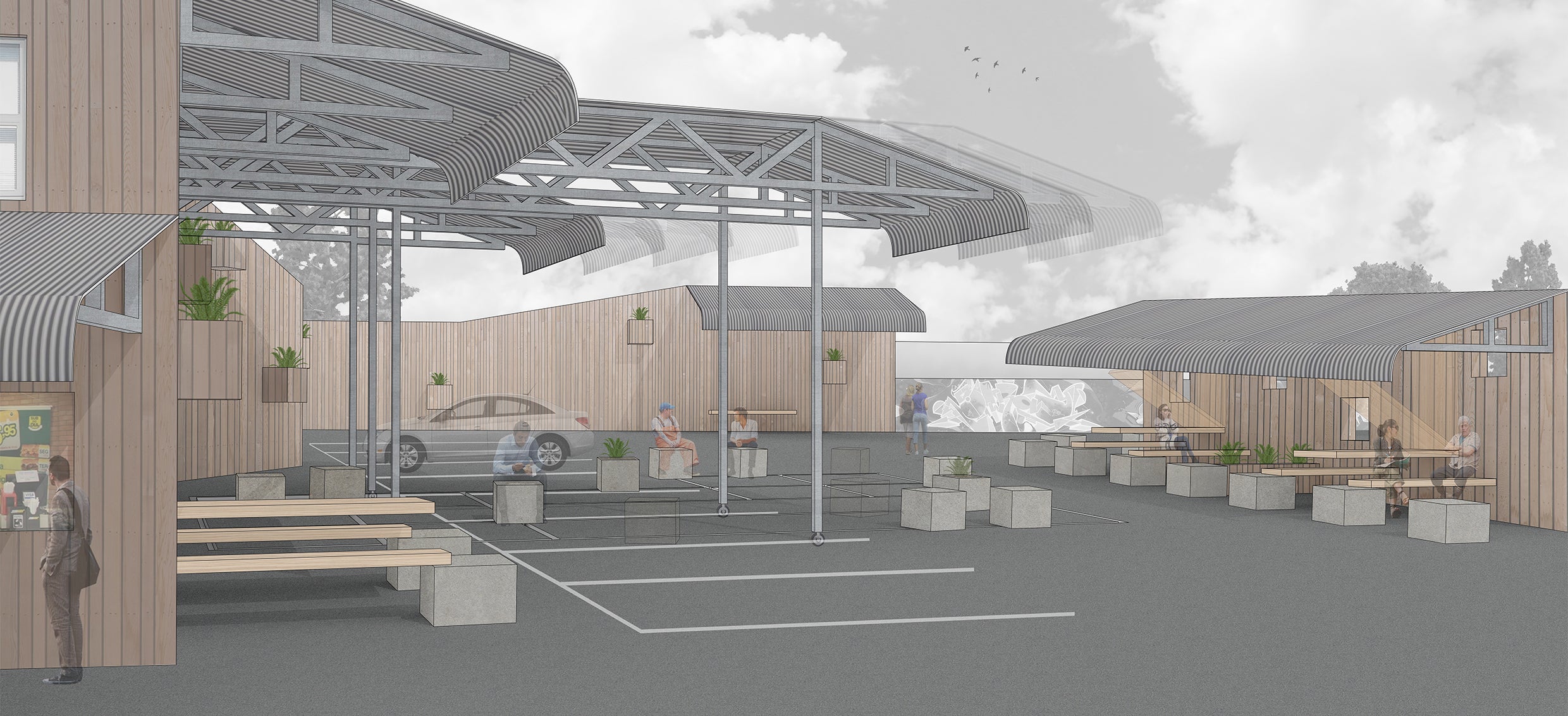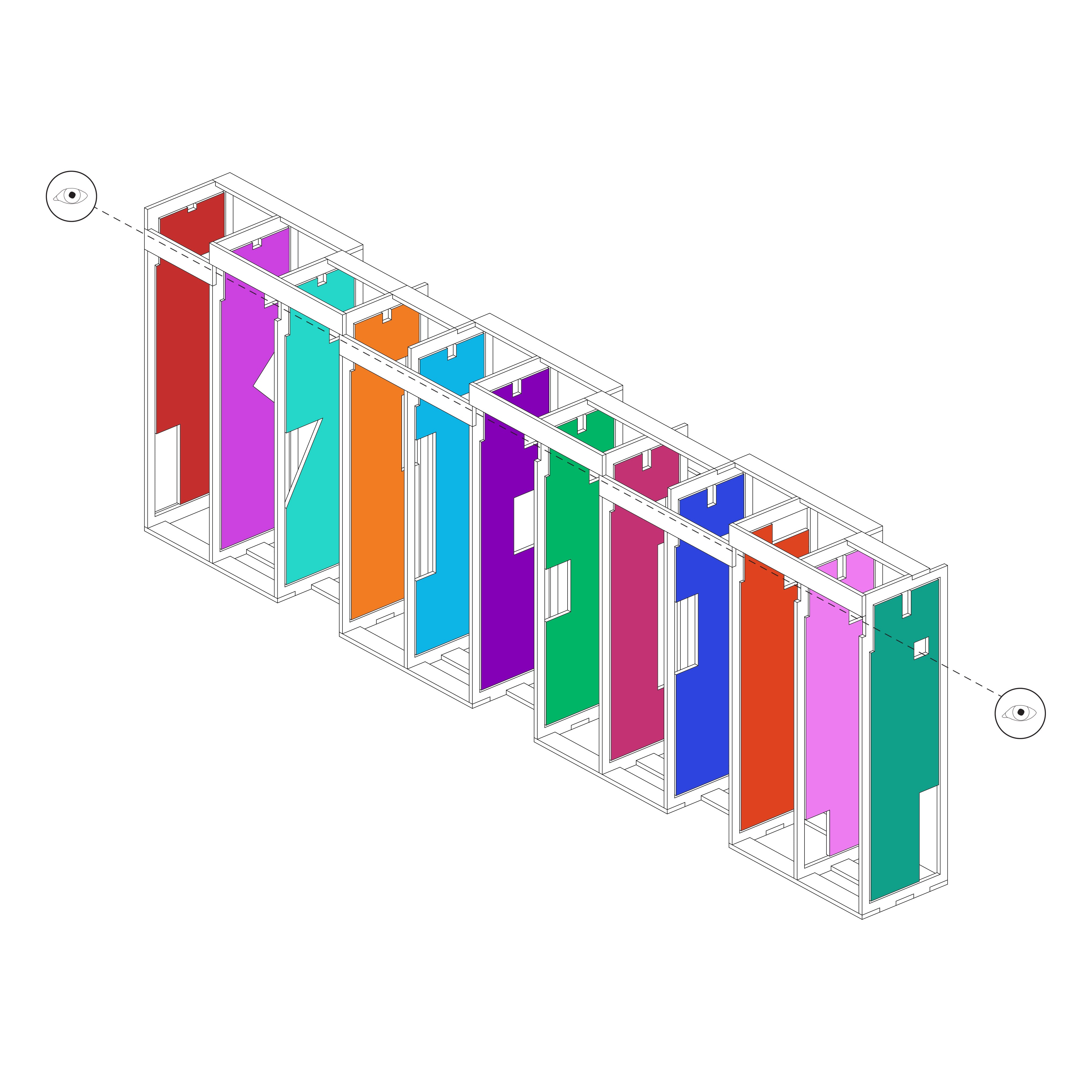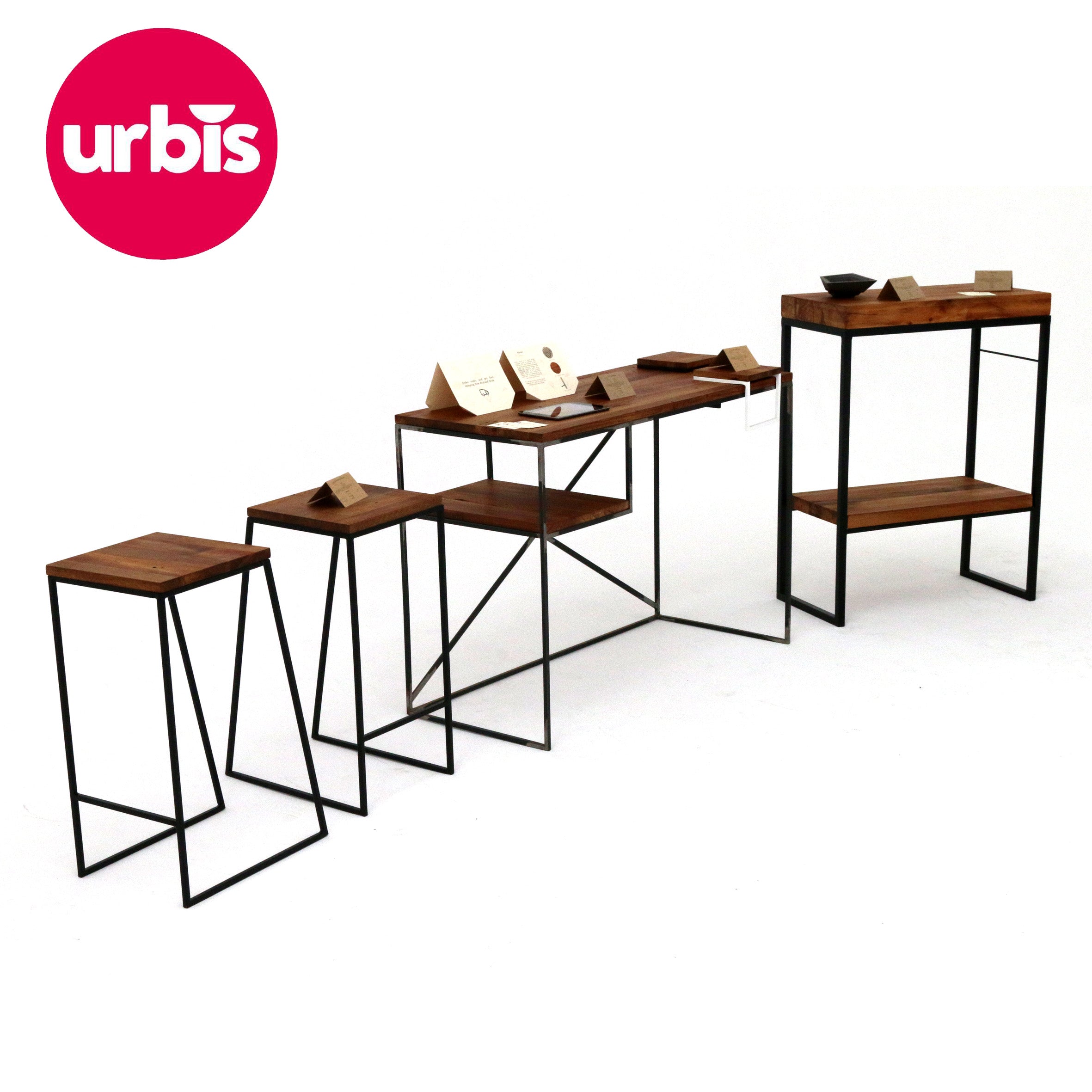It can be frustrating when a space doesn’t meet the needs of its users. Whether it's a kitchen that feels like a chore to cook in and becomes too cramped when guests are present, a living room overwhelmed by clutter due to limited storage, or an office that feels uninspiring—these issues often result in disconnection and a lack of motivation to engage with those spaces.
When a space isn’t well planned or lacks intention, it’s easy to lose things or feel scattered. This can be draining and make daily life more challenging than it should be.
This three-part series explores subtle but effective ways to reimagine space through small, intentional shifts. These small shifts can help shape spaces that are not only more practical but also more pleasurable to live in.
2. Combine Functions
When space is tight, every square metre has to work harder. Combining functions within the same footprint is a practical way to increase usability without compromising flow or comfort. Rather than allocating space to a single purpose, areas and objects can be layered—side by side, top to bottom, or sequentially across time.

A classic example is the drop-down kitchen counter that transforms into a bench seat—allowing for meal prep and dining within the same area. Similarly, walls can be activated to support multiple activities. The vertical space above a desk might hold open shelving for books, stationery, or decorative elements, freeing up the work surface and floor. Hooks and pegs, though modest in form, can offer an effective way to keep everyday items—like headphones, bags, or outerwear—off the ground and within easy reach.

Furniture can also serve dual purposes. A window seat might incorporate hidden storage beneath the cushions, or a coffee table could lift to become a laptop desk. Even lighting can be multifunctional—a wall sconce with a movable arm can provide both ambient light and task lighting, depending on how it's positioned. We used that approach with the custom pivot lights designed for the Konini Road Kitchen.
View project here.

